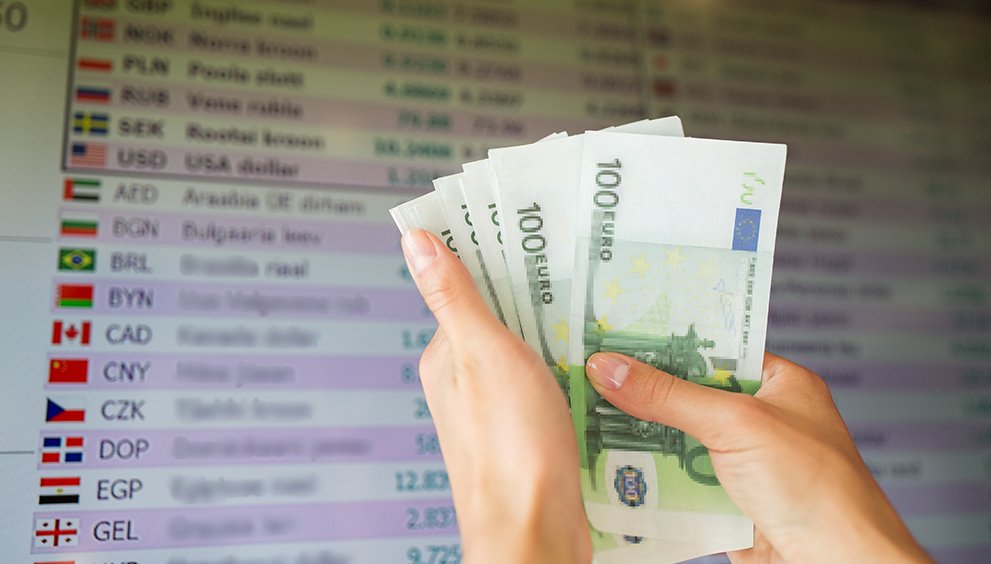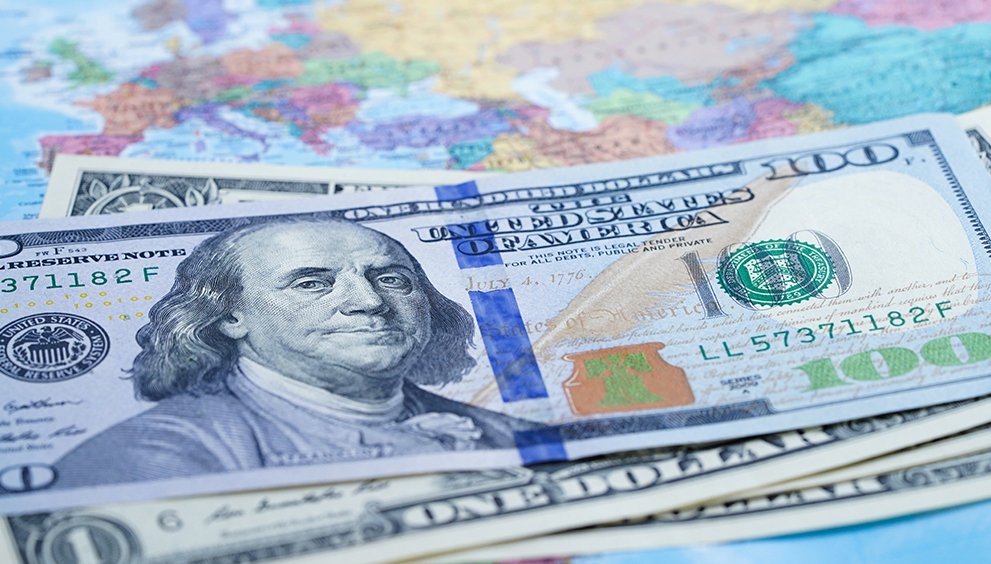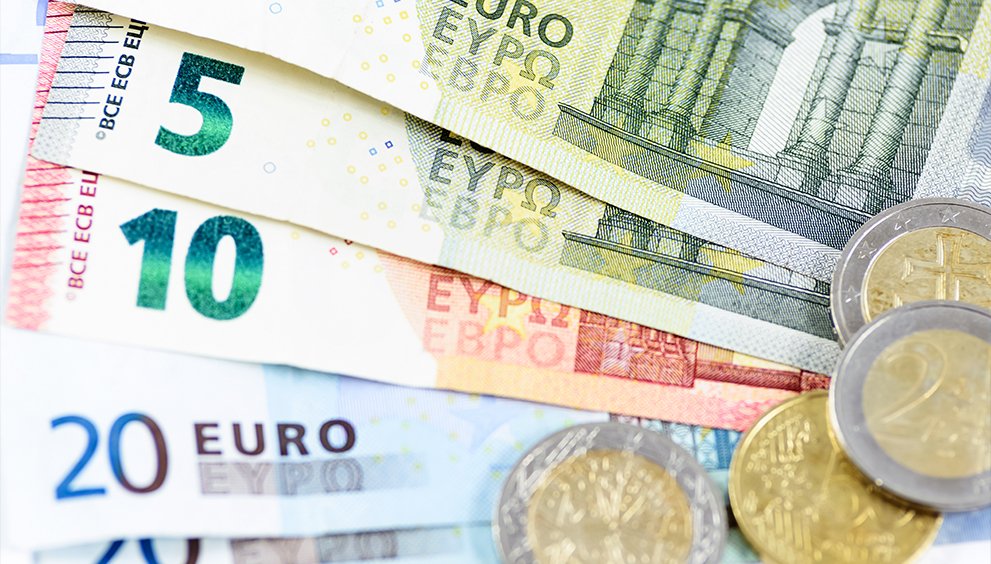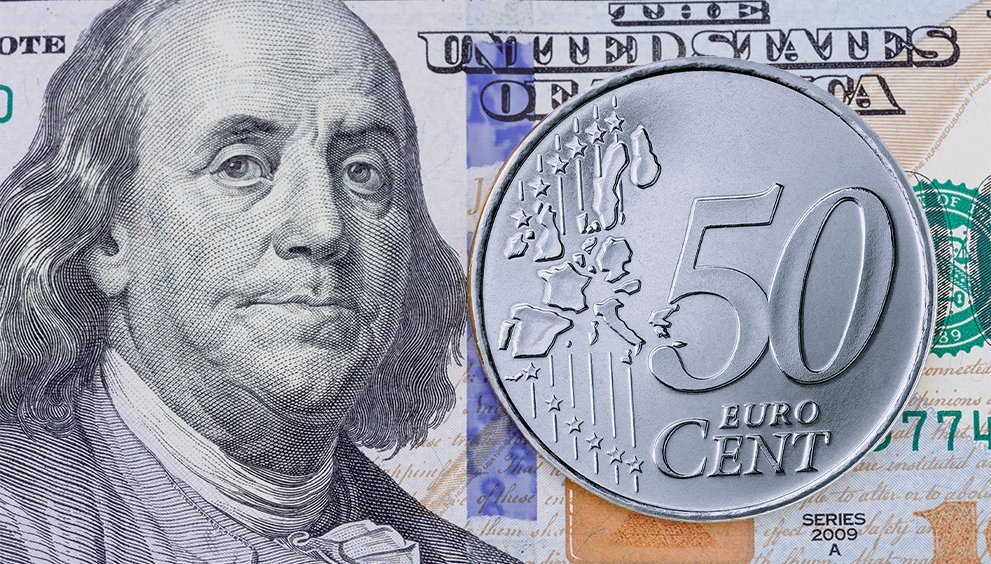GBP/USD Rises as Fed Rate Cut Bets Grow

The GBP/USD pair extended its rebound and traded near 1.3365 in Tuesday’s early European trading as the US dollar softened ahead of the upcoming Federal Reserve’s policy announcement. The greenback is believed to have lost strength as markets priced in the likelihood of a rate cut following last week’s weaker-than-expected US Consumer Price Index (CPI) data, which reinforced expectations that the Fed would keep up its easing cycle to sustain slowing growth momentum.
According to the CME FedWatch Tool, traders have priced in nearly a 97% chance of a 25-basis-point reduction in the federal funds rate to the 3.75%-4.00% range. If confirmed, this would mark the second consecutive rate cut by the central bank this year. Market reports point out that former Kansas City Fed President Esther George noted that the absence of strong labour data leaves policymakers reliant on alternative indicators, which are unlikely to challenge the case for further easing. A dovish Fed stance continues to weigh on the dollar, lending near-term support to the pound.
Market watchers note that in the UK, sterling benefited some support from optimistic domestic data, with stronger Retail Sales and better-than-expected flash S&P Global PMI figures indicating resilience in consumer demand and business activity. However, market participants remain cautious ahead of the Bank of England’s policy announcement on 6 November, with opinions mixed on the timing of the next rate hike.
For further outlook, analysts anticipate that markets would closely monitor upcoming US economic releases, including GDP and labour market statistics. Short-term gains in GBP/USD may be sustained by weaker US statistics, but medium-term gains and a climb above the 1.34 level may be constrained by concerns about the UK’s fiscal position and economic issues.

USD/CAD Extends Decline Ahead of Central Decisions
The USD/CAD fell for the second consecutive session trading near 1.3990 in Tuesday’s Asian trading hours. The pair is believed to be under pressure as the US dollar declines due to growing expectations that the Fed would lower interest rates at this week’s policy meeting. With a 97% probability that the Fed plans to cut interest rates by 25 basis points to a range of 3.75 to 4.00%, markets are growing increasingly concerned about the US economy’s declining prospects and the labour market’s ongoing challenges.
Market commentators note that the potential of further Fed easing has weighed on the dollar, with traders expecting fresh cuts in December. Market reports point out that recent US data releases, especially weak manufacturing output and subdued consumer sentiment, have strengthened the idea that the central bank could act more firmly to sustain growth. However, the Fed faces a balancing act since inflation remains over its objective of 2%, limiting the possibility for substantial easing. The prolonged US government shutdown adds uncertainty to the dollar’s near-term outlook.
Market analysts point out that declining crude oil prices in Canada continue to put pressure on the loonie. For the third straight session, West Texas Intermediate (WTI) prices dropped to about $61.10 per barrel. The Canadian dollar and other oil-linked currencies suffered from a decline in sentiment due to expectations that OPEC+ would boost output in December.
Analysts anticipate that the USD/CAD decline may find short-term support prior to the Bank of Canada (BoC) upcoming meeting on Wednesday, when a 25 basis point rate cut is typically anticipated. Further trade concerns brought on by higher US export duties could restrict the Canadian dollar’s potential to recover, making the pair vulnerable to more volatility after central bank decisions.

NZD/USD Extends Recovery Amid Softer Dollar Tone
The NZD/USD pair extended its recent rebound trading around 0.5780, its highest level in nearly three weeks, in Tuesday’s trading session, as the US dollar softened amid renewed risk appetite. It is believed that the pair’s recovery from last week’s 0.5680 low, the weakest level since April, reflects improving market sentiment and easing trade tensions between the US and China, which continue to support risk-linked currencies such as the kiwi.
Market commentators point out that optimism surrounding US-China relations gained traction after officials from both sides agreed on a framework for a potential trade deal, expected to be discussed during this week’s meeting between President Trump and President Xi Jinping. The development has bolstered global risk tone, dampening demand for the safe-haven greenback. Meanwhile, dovish expectations surrounding the Fed’s policy outlook remain another key factor weighing on the US dollar. CME FedWatch Tool indicates that markets widely anticipate a 25-basis-point rate cut at Wednesday’s FOMC meeting, with a further reduction expected in December.
Market reports indicate that Friday’s weak US inflation statistics reinforced the case for policy easing and raised pressure on the currency. The Fed may be forced to maintain an accommodative policy until the end of the year due to the persistent disinflationary risks highlighted by the weak inflation statistics. This provided the NZD/USD a short-term boost, enabling it to continue its upward trajectory.
Analysts suggest that the kiwi could still have the advantage of weaker US data and optimistic risk, but positive gains might be capped by the outlook of the dovish policy of the Reserve Bank of New Zealand (RBNZ). The willingness of the RBNZ to cut rates even further to keep inflation at its 2% midpoint could curb future profitability, leaving NZD/USD vulnerable to renewed US dollar vigour as soon as the US rate expectations level off.

EUR/GBP Pulls Back as Pound Finds Support
EUR/GBP slipped lower in Monday’s early trading hours, retreating from a one-month peak and trading around 0.872, down 0.15% for the day. The pair is believed to have fallen back after testing resistance near 0.8750 on Friday, as traders booked profits after a three-day winning streak. Despite the pullback, the Euro continues to be supported by a higher yield difference against the pound, with the 0.8700 level functioning as immediate support on the downside.
Market commentators anticipate that the pound is under pressure from expectations of additional policy easing by the Bank of England (BoE). Following weak UK inflation data and ongoing labour market weakness, market participants are increasingly pricing in a 25 basis point rate cut at the November meeting. Concerns about the UK’s fiscal outlook ahead of the Autumn Budget have also dampened optimism, with investors questioning the government’s capacity to maintain fiscal discipline while stimulating growth.
Market reports indicate that the European Central Bank (ECB) has taken on a relatively hawkish tone, with policymakers signalling that the current easing cycle may have come to an end. This gap in monetary outlooks has helped limit the downside in EUR/GBP, although gains are still limited by political uncertainty in France and Moody’s decision of lowering the country’s outlook to “negative.” The stronger-than-expected German IFO Business Climate Index also provided moderate assistance to the euro, indicating that business sentiment is improving gradually.
For wider indications of risk sentiment, analysts anticipate that traders are going to turn to this week’s US economic releases, such as GDP and core PCE inflation data. In the short term, the pound may benefit from weaker-than-expected US figures that raise market hopes of a worldwide rate cut. The medium-term EUR/GBP tilt is still favourable, though, unless the domestic outlook for the UK improves.



 English
English 


































































































